In its latest monthly report, Bundesbank paints a sobering picture of the German economy, which remains ensnared in a weak phase. Key factors hampering growth include tepid foreign demand combined with escalating financing costs. The bank foresees the economic output remaining largely stagnant for the summer quarter.
Yet, it’s not all gloom. Bundesbank highlights several silver linings. Stable employment conditions paired with robust wage hikes amidst decreasing inflation rates are expected to stimulate private consumption, continuing its recovery trajectory. This, in turn, offers a promising uplift for the service sector.
Nevertheless, the manufacturing sector poses significant concerns. Weak industrial production, attributed to a continued slump in demand for industrial goods, threatens to stymie the nation’s broader economic progress. Interestingly, the report underscores that the recent recovery in demand is predominantly driven by large orders, typically characterized by extended processing times. In the absence of these large-scale orders, demand, both domestically and internationally, would plummet more precipitously.
Peering into the future, Bundesbank’s experts anticipate declining inflation rate in the autumn, largely influenced by dropping energy prices. On the flip side, the institution projects wage growth to persistently remain strong, extending beyond 2023. This dynamic of robust wage growth amid other economic pressures is pinpointed as a primary factor likely to keep the inflation rate hovering above the 2 percent mark for an extended duration.
Full Bundesbank monthly report release here.




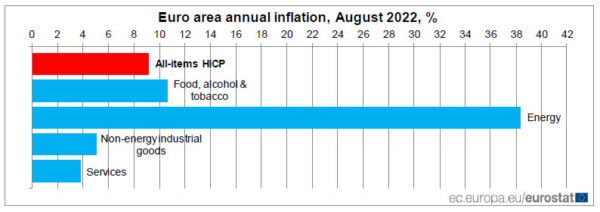
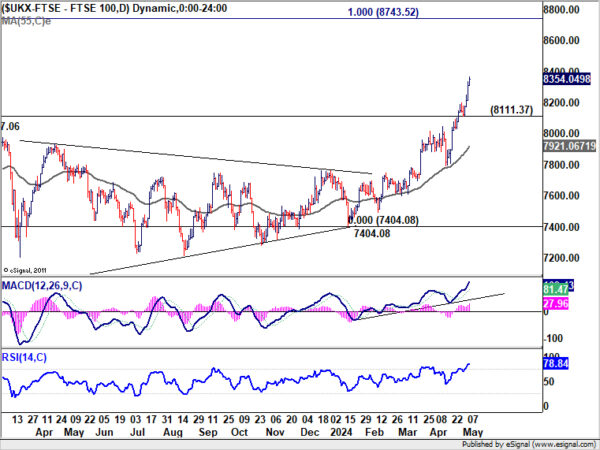
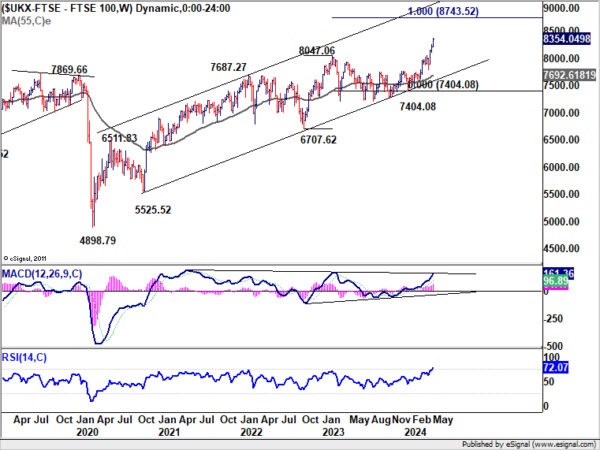
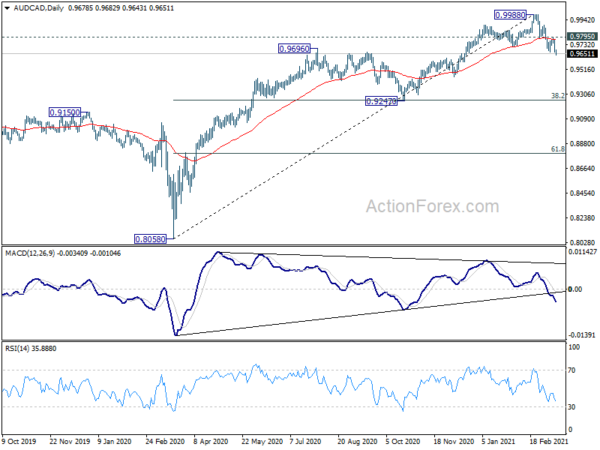
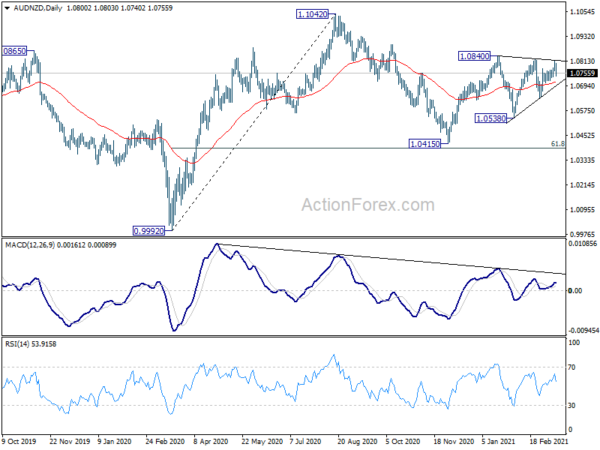
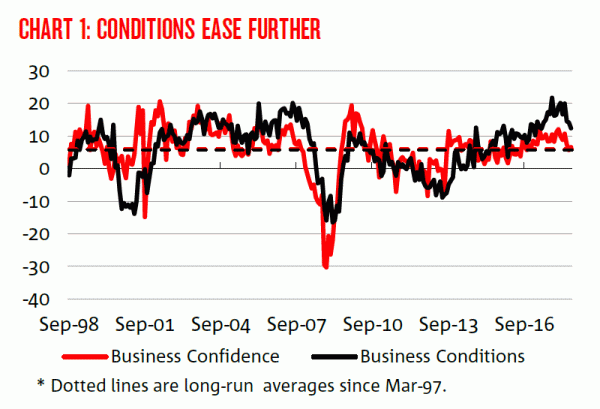
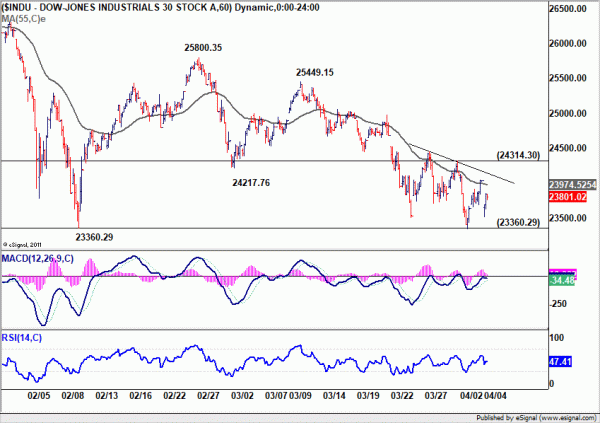
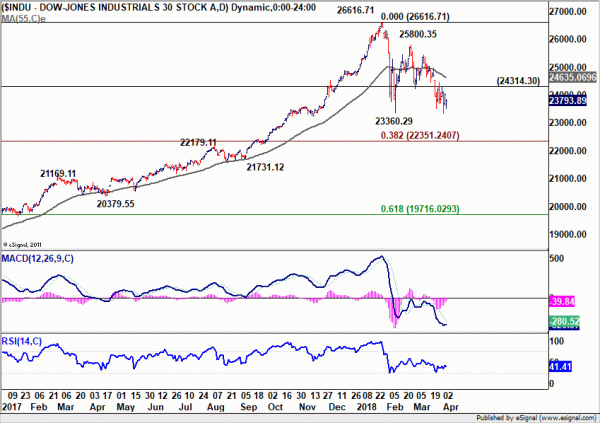
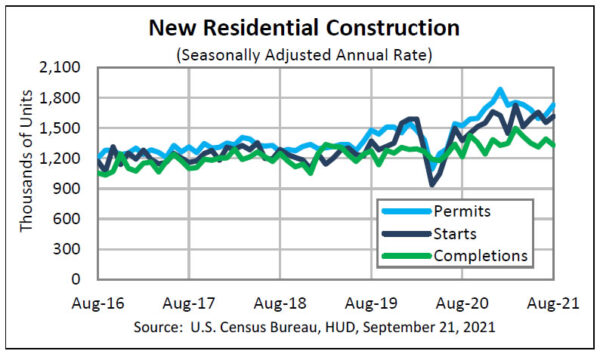
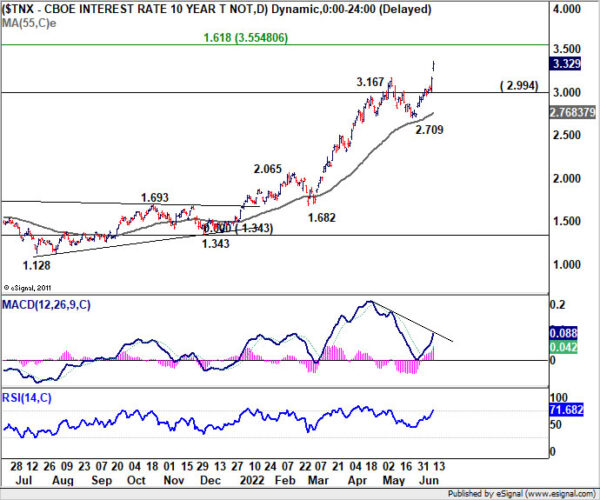
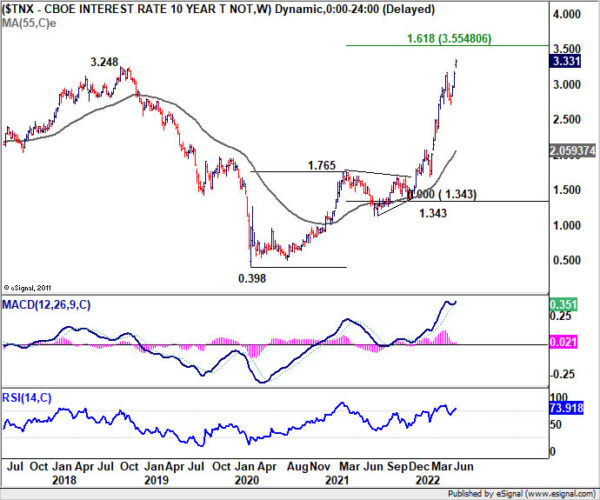
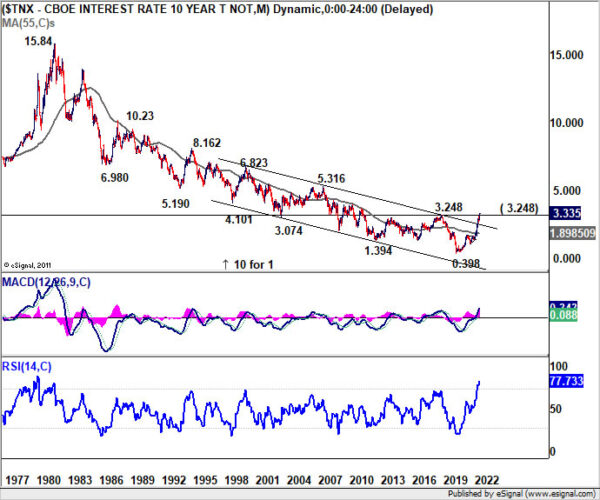
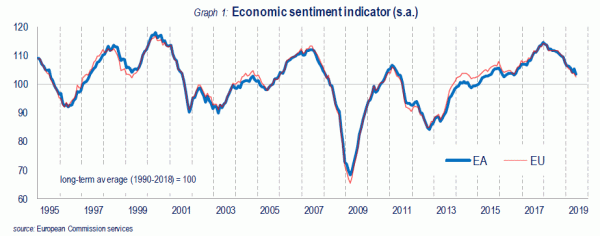
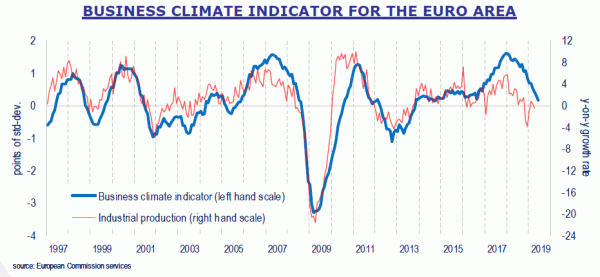
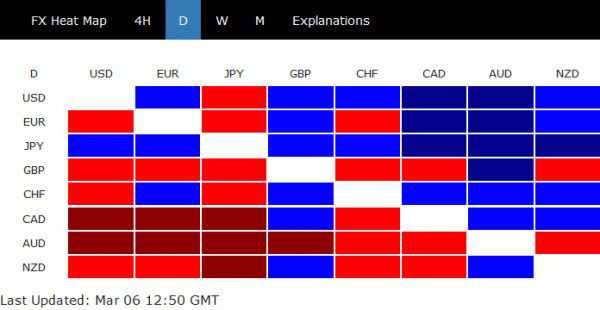
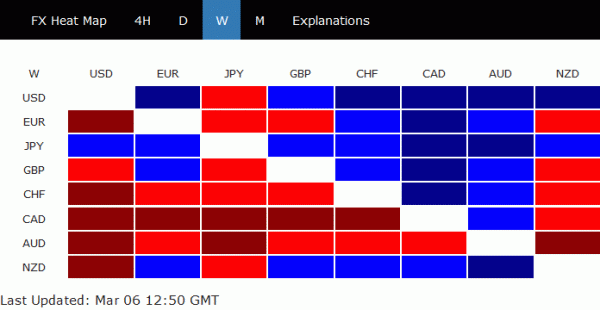
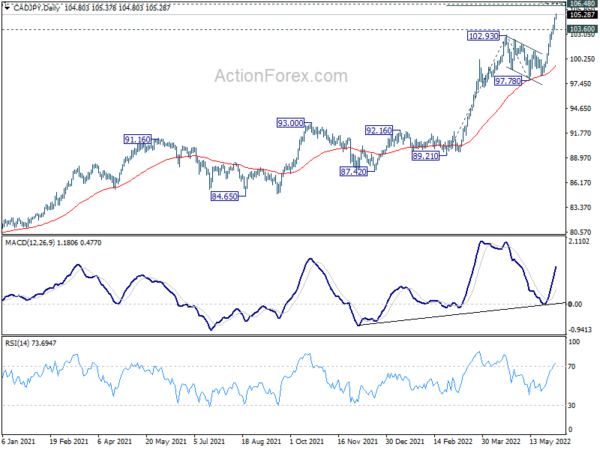
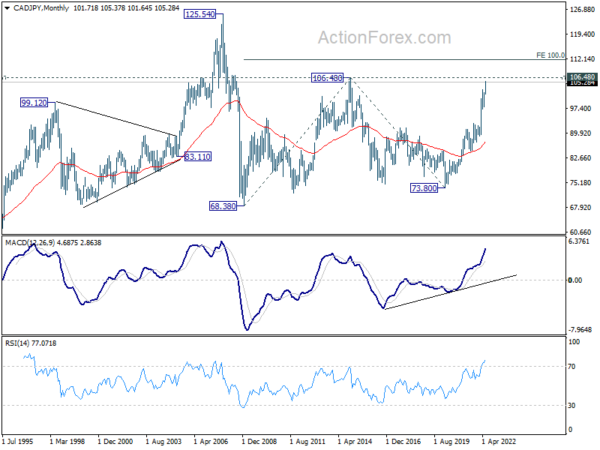
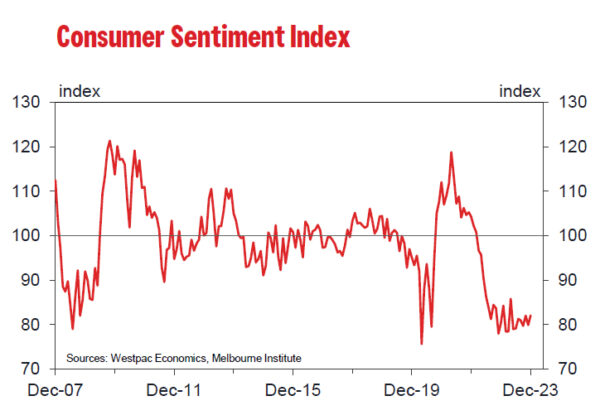
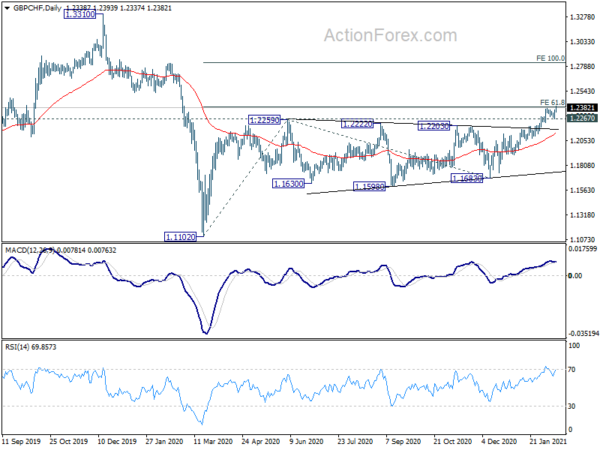
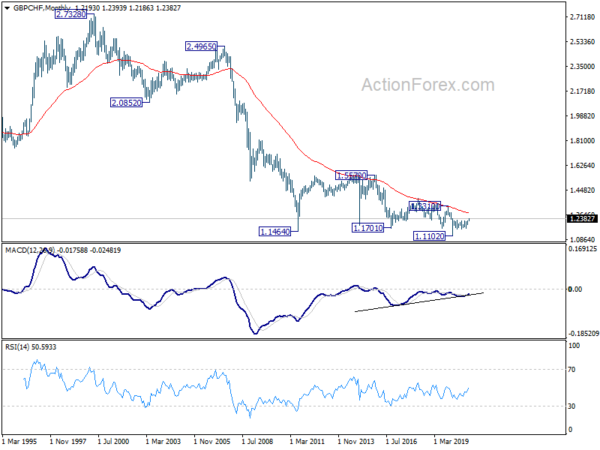

Fed’s Bostic: No sequential rate cuts and highlights risks of pent-up exuberance
Atlanta Fed President Raphael Bostic emphasized the necessity of seeing “more progress” on inflation reduction before considering any rate cuts. He said overnight that the prosperity in the labor market and the economy, granting the FOMC the “luxury of making policy without the pressure of urgency.”
In terms of the pace of policy loosening once initiated, Bostic envisages a measured approach rather than “back to back” adjustments. The reaction of market participants, business leaders, and households to policy changes will critically influence the pace of rate cuts.
Highlighting ongoing inflation concerns, Bostic pointed out the continued price increases in a significant portion of goods and services at rates exceeding 5% annually. Moreover, a Dallas Fed measure indicated that underlying inflation remains slightly above Fed’s target at 2.6%, further complicating the path towards rate normalization.
Bostic also reflected on the feedback from business executives, noting a widespread strategy of holding back investments and hiring until more favorable conditions emerge. He warned of the “pent-up exuberance” that could result from a large-scale unleashing of this dormant capacity, introducing a new variable of upside risk to the economy.